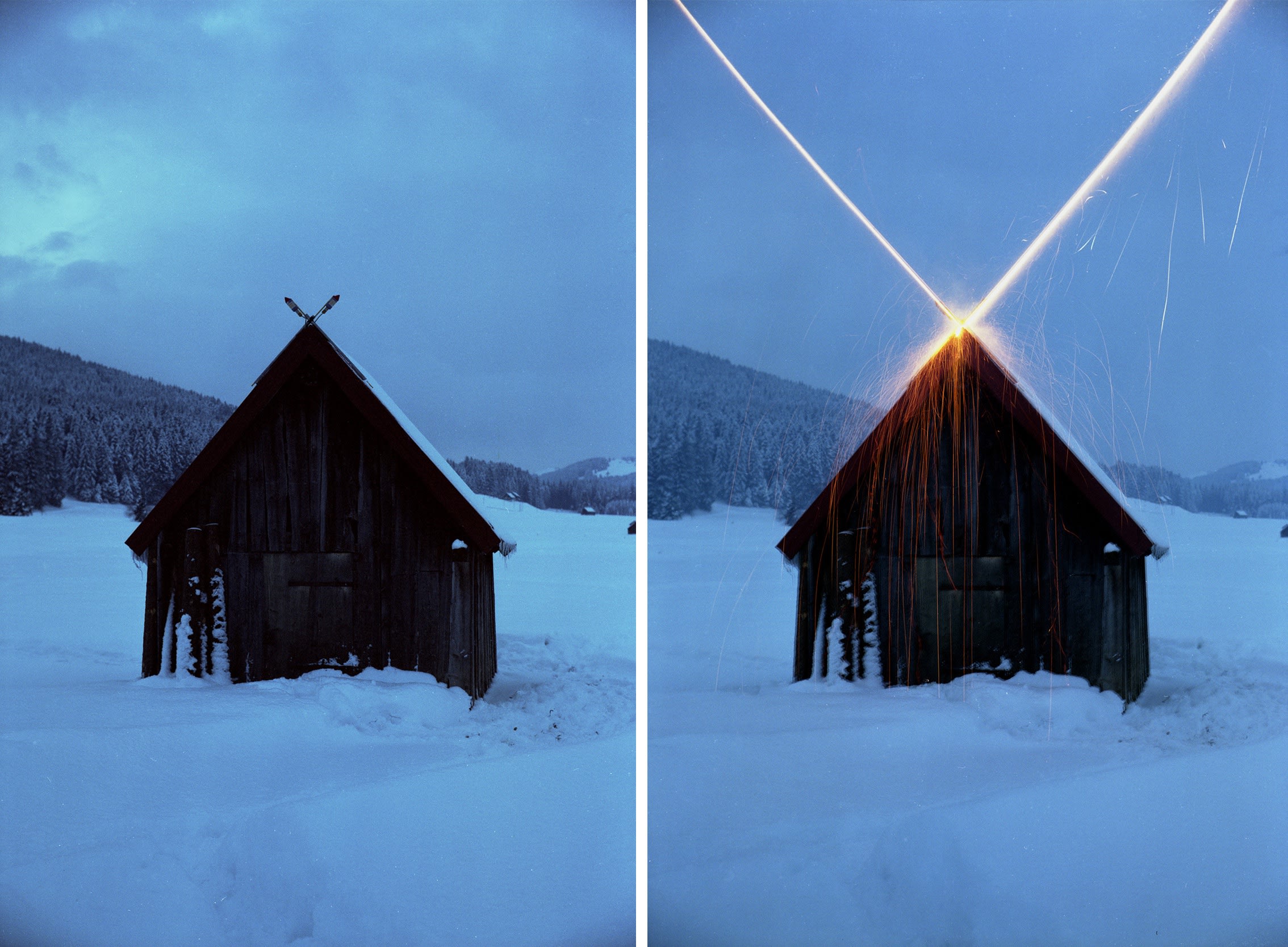Clint Roenisch is pleased to open the fall season with a solo show of recent works by the Canadian artist Jon Sasaki, his first with the gallery. Widely known as a “Romantic conceptualist,” Sasaki’s many projects, videos, photographs, performances, objects and installations often revolve around trying to reach dubious goals through perversely optimistic means. Sasaki seems to court failure as a richer, more revealing outcome than the soundest of victories. His tragicomic endeavours, ridiculous as they might be, are propelled by a warm, positivist worldview, particularly if the works involve, as they often do, a collaborative audience or cohorts willing to work towards whatever absurd (or noble) premise the artist has set his studied sights upon. The humour and fallibility embedded in his various works are anchored by a methodical, reasoned approach, in the same vein as the sight gags and complex scenes in a Buster Keaton film. In Sasaki’s hands, expectation and outcome never seem to align, generating a simultaneous sense of pathos and levity. His self-exhaustive systems are caught in cycles of trial and error. The humour and melancholy shot through the works of Bas Jan Ader, find echoes in Sasaki’s, just as the exuberant, funny, often explosive video works of Roman Signer serve as beacons. Sasaki also continues to bend Canadian art history to his will, especially the sublime achievements of Tom Thomson and the Group of Seven. Their enduring, monolithic hold on Canadian artistic consciousness is a deep vein to be mined, to alternately pay homage to or to nudge into contemporary reality where hydro cables, gas stations, crowds and cell phone towers have come to mar the experience.
The exhibition title is a quote borrowed from Michael Nesmith, the American singer, songwriter, actor, Monkee and heir to the Liquid Paper fortune. We may never know what his word was, it is likely lost to history, returned to whatever dreamspace it came from. What we do know is that Michael’s mother, Bette Nesmith Graham invented her Liquid Paper typewriter correction fluid using the family’s kitchen blender, improvising through trial and error a tool that would allow typists to revise, redact, and correct all imperfections. The desire to undo, re-do, mend broken connections (whether in a typewritten sentence or in a broader sense) figures prominently in this exhibition, which continues the artists’s investigation into the tropes of Romanticism.


